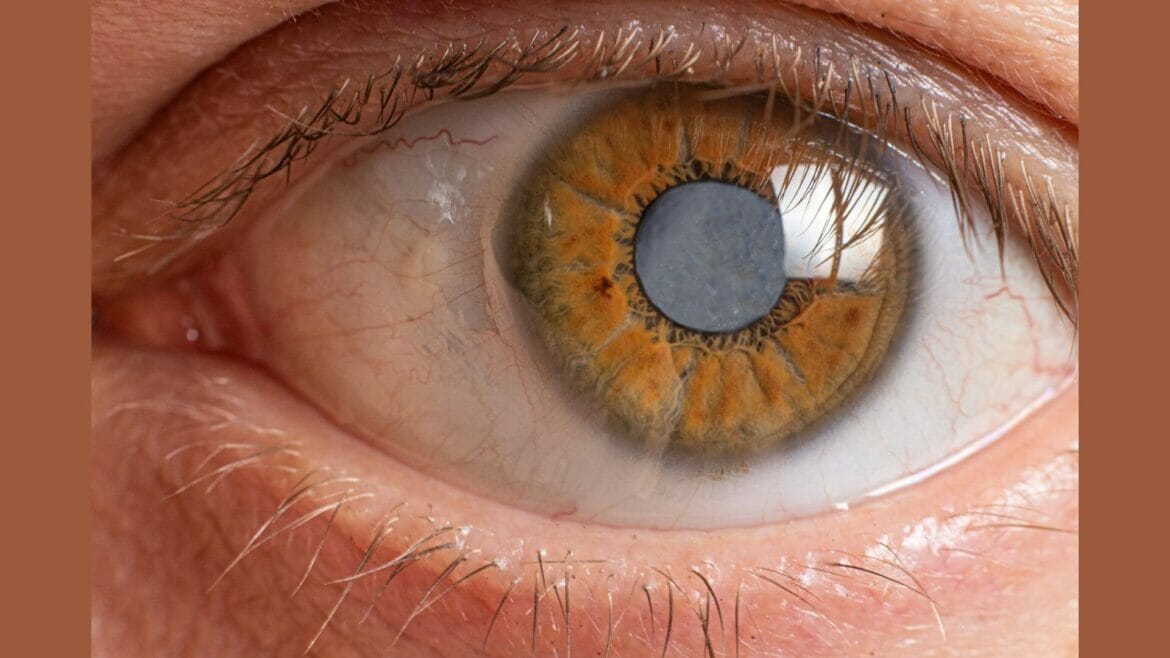Cataracts are a prevalent eye condition often associated with advancing age. They occur when the lens of one or both eyes becomes cloudy and hazy, resulting in distorted vision. Although surgery is the primary treatment for cataracts, there are preventive measures that can potentially delay or reduce the risk of developing this condition. In this article, we will explore the types, symptoms and causes of cataracts, as well as provide valuable tips to prevent the condition.
What is a cataract?
A cataract forms in your eye when proteins begin to create clumps in the eye. The condition causes a dense and cloudy area in the otherwise normally clear lens of the eye, obstructing a person’s vision. A cataract prevents the lens from sending clear images to the retina and thus leads to blurred vision. In extreme cases, it may allow no image to pass through the retina, leading to blindness.
The retina is a thin layer of tissue at the back of the eye that plays a crucial role in vision. Its primary function is to receive light that enters the eye and convert it into electrical signals that the brain can interpret. The retina contains specialised cells called photoreceptors (rods and cones) responsible for detecting light and transmitting visual information to the optic nerve.
The cataract develops slowly and interferes with your vision. A person can have cataracts in one or both eyes, but they usually do not form in both eyes at the same time. This condition is common in older people.
Types of Cataract
Cataracts are classified based on how and where they develop in the eye.
- Cortical cataract: This type of cataract has a wedge shape and develops around the edges of the nucleus.
- Nuclear cataract: The cataract is in the middle of the lens in this form of cataract. It causes the nucleus or centre to become yellow or brown.
- Congenital cataract: This condition occurs at birth or develops during the first year after a child’s birth. However, this is less common compared to age-related cataracts.
- Posterior capsular cataract: It forms faster than other types of cataracts and affects the back of the lens.
- Traumatic cataract: Such a cataract develops after an eye injury. Traumatic cataracts may take several years to develop after the initial trauma occurs.
- Radiation cataract: A person with a radiation cataract has it due to undergoing radiation therapy for cancer treatment.
- Secondary cataract: This usually results from a disease or medication. Conditions such as glaucoma and diabetes are linked to developing secondary cataracts when using steroid prednisone, among other medicines, which may lead to cataracts.
Symptoms of Cataract
The symptoms of cataracts commonly include:
- Double vision in the eye with cataract
- Blurred vision
- Seeing images in faded colours
- Difficulty seeing things in the dark
- Highly sensitive to glare
- A frequent need to change prescription glasses
- Halos surrounding lights
Causes of cataract
Lifestyle and environment have greatly increased the risk of developing cataracts. The most common causes of cataracts other than old age are:
- Trauma
- Smoking
- Ultraviolet radiation
- Radiation therapy
- Long-term use of steroids and other medication
- Diseases such as diabetes and glaucoma
- Excessive oxidative stress in the body
Tips to prevent cataracts
You may reduce the risk of cataracts by remembering the following tips.
- Wear sunglasses to protect your eyes from UVB rays
- Have regular eye exams to identify problems such as glaucoma in the early stages
- Eat vegetables and fruits high in antioxidants like vitamins C and E
- Manage diabetes and high blood pressure
- Reduce weight
- Quit smoking
To conclude,
Cataracts are primarily caused by ageing, but genetics, certain diseases, eye injuries, and long-term UV exposure can also contribute. While prevention may not be possible, lifestyle measures like UV protection, a healthy diet, quitting smoking, and managing chronic conditions can reduce the risk or slow down cataract development. Hence, with proper understanding and timely intervention, cataracts can be effectively managed, allowing individuals to regain clear vision and resume their daily activities.
Images: canva.com
